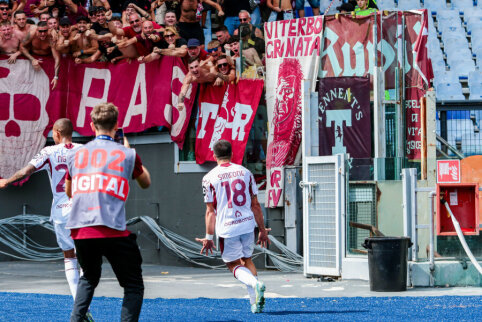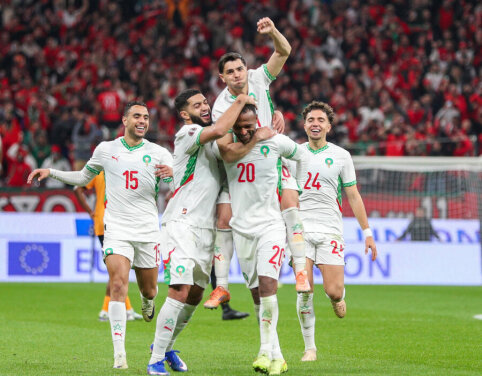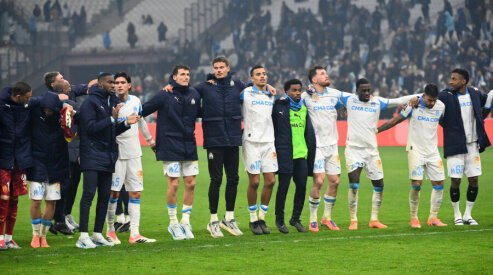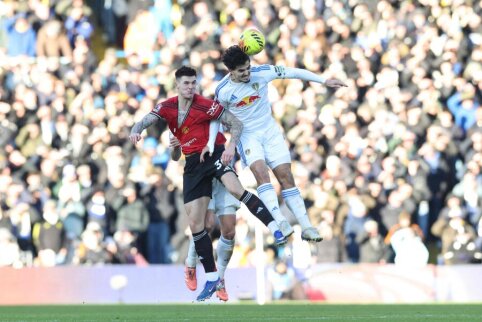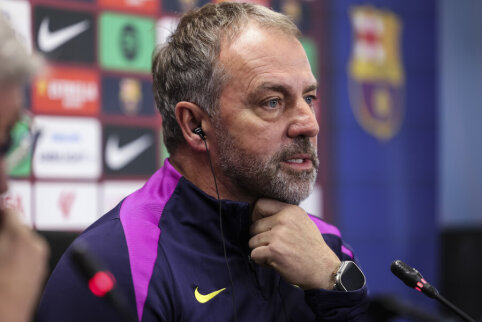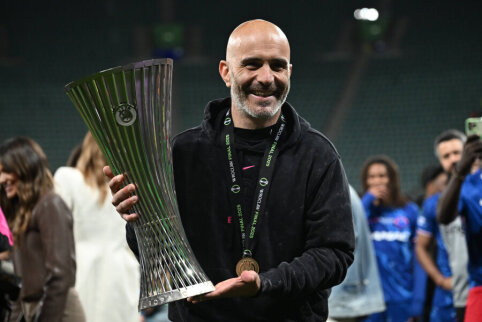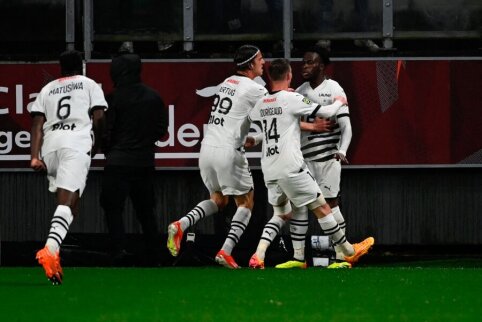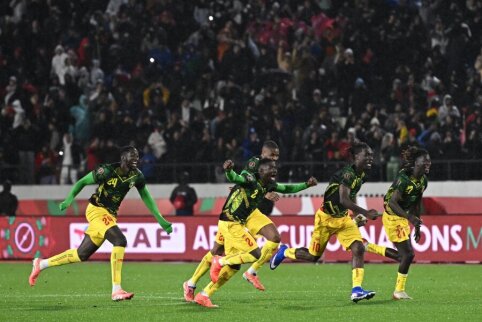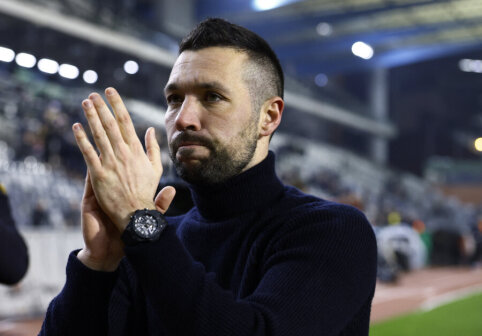 © EuroFootball.com
© EuroFootball.com
These years are abundant with impressions for football enthusiasts. In addition to various club team tournaments organized by various associations, in 2004 we also witnessed a series of regional and international football championships where many national teams from around the world competed. We would like to present the aspects of two tournaments - Euro2004 and CA2004 for public discussion on this football fans forum.
Tournament History
Although the European Championship firmly holds the second place in the scale of global football events after the World Cup, its history is much more modest compared to the traditions of Copa America. The latter tournament is a true pioneer in international football championships, dating back to 1916. Interestingly, CA originated from the initiative of the Argentine Football Federation to organize an international football tournament to commemorate the centenary of the country's independence. The competition, which featured 4 teams - Argentina, Brazil, Uruguay, and Chile, was won by the Uruguayan eleven. The tournament was successful, and in the same year, the participants in South America established the first international football federation - CONMEBOL, which became the curator of continental international football events. The national team championship was named "South American National Teams Competition" and was again held in Uruguay in 1917. Throughout the history of SANTC, 41 competitions were held (including 2004). From 1917 to 1927, the championships were held annually, and later every 2 years. However, there were interruptions, breaks, and other obstacles in the history of SANTC. For many years, the tournament only covered South American states. In 1975, the championship was renamed "Copa America." North and Central America (together with the Caribbean region countries), united by the CONCACAF federation, were invited to CA only in 1993. The CONMEBOL organization remained the host of CA and set a quota for CONCACAF members - 10 representatives from the CONMEBOL federation and 2 guest national teams from the CONCACAF zone in each CA championship. Interestingly, sometimes CONMEBOL also invites representatives from Asia and Oceania to the tournament (Japan in 1995). Since 1987, the tournament has been held on a rotational basis, one after another in each of the CONMEBOL federation's member countries.
The history of European Championships is much more modest. The debut tournament of this kind, then known as the European Nations Cup, supervised by the UEFA association, took place in France in 1960. The final qualifying stage between the teams of the USSR, France, Yugoslavia, and Czechoslovakia was organized thanks to the efforts of Henri Delaunay, the secretary of the French Football Federation. The first European champions were representatives of the USSR.
The development of the European Football Championships was quite complex and winding. The significant changes in the European political landscape - the emergence of the "iron curtain" between Western Europe and the Warsaw Pact countries, Franco and Tito regimes in Spain and Yugoslavia, the coup d'état of the "black colonels" in Greece, and so on - played a significant, but rather negative role in the development of this football event. Until 1980, the final stages of the European Football Championships involved only four teams. From 1980 to 1992, the number of participants in the final stage doubled, reaching 16 countries from 1996. Of course, these changes gave an additional boost to the popularity of the European Championships, as even countries with lesser football traditions had the opportunity to participate in high-level football championships. It is worth noting that UEFA timely responded to the changes in the European political map - from 1990 to 1992, with the restoration of independence of more than 15 European countries, the number of candidates for the final tournament increased by a third. Including Euro2004 in Portugal, a total of 12 European football championships have taken place.
Comparing the organizational structure of CA and EC, we can notice that CA does not have organized qualifying matches at all. In addition, CA organizers do not avoid inviting countries that do not belong to this geographical region to the tournament. In Europe, the championships are closed, with long qualifying stages, and the entire European Championship cycle lasts about 2.5 years. This organizational difference explains the intensity difference between EC and CA - the latter tournament, excluding qualification matches, is organized twice as often.
Tournament Favorites
In the rich history of CA, the most titled national teams are Uruguay and Argentina. Both have won 14 championships each. The third in the classification is the Brazilian team, which has won 6 CA tournaments. Peru and Paraguay have won the trophy twice, while Bolivia and Colombia's teams have each won once. It should be emphasized that the position of these CA favorites was largely influenced by the isolation of the countries of North and Central America. It is undeniable that the participation of teams from the USA, Mexico, Costa Rica, and even Canada in CA from the first championships could significantly change the history of this tournament. In the European Championships, the Germans have won the most laurels. They triumphed in 1972, 1980, and 1996. The French have one title less (1984; 2000), while the Italians, Dutch, Soviets (1960), Czechoslovaks, Danes, Greeks, and Spaniards have each become champions once. It is obvious that, unlike CA, there are no clear long-term favorites in the EC tournament. Every championship sees new teams rising to the top. This tendency suggests that the overall level of the EC is much higher than that of CA, as barely three teams have been competing evenly in the latter for almost a century. Until the 1960s and 1970s, most of the most powerful American footballers competed in CA tournaments. Unfortunately, in recent decades, especially the stars of Argentine and Brazilian football have ignored the CA championships. On the one hand, such trends provide additional opportunities for CA underdogs, on the other hand, this tournament loses its prestige, suffering from the interests of club football. Meanwhile, the EC teams have the optimal composition. However, the interactions between national and club football interests have also reached the EC. This year's championship in Portugal showed that many teams considered favorites experienced setbacks, relying on stars fatigued from the club season.
EC 2004 - CA 2004: Predictions and Results
Before the start of this year's main football tournaments, among coaches, journalists, players, sports officials, and ordinary fans, there were numerous discussions and speculations predicting the future winners. Fate decided very different destinies for... (Original text cut off, please let me know if you need the continuation.)


